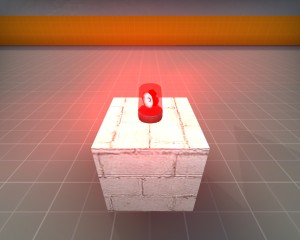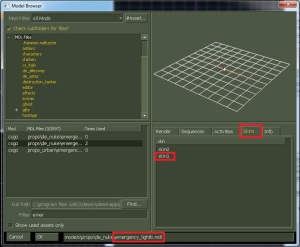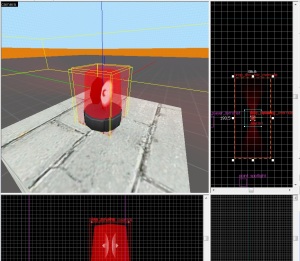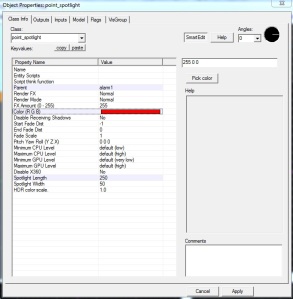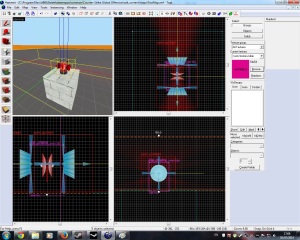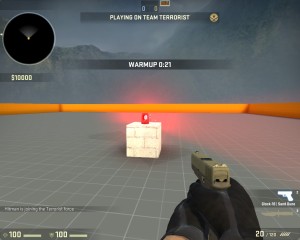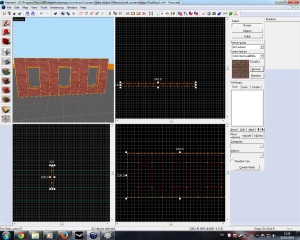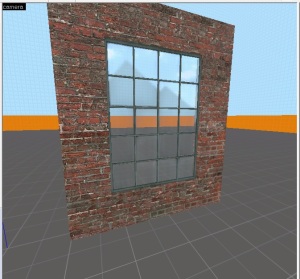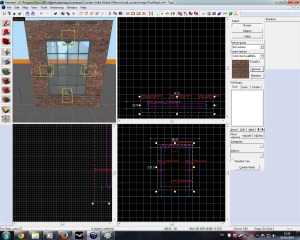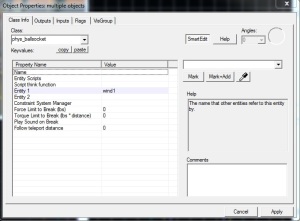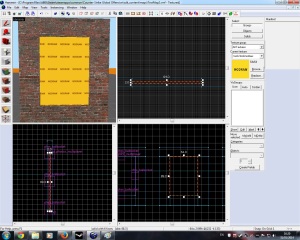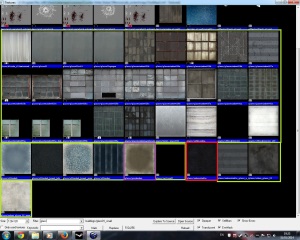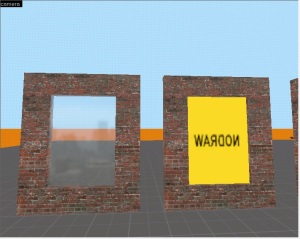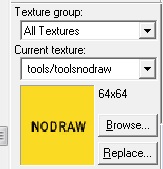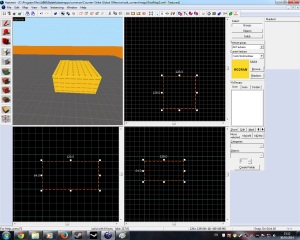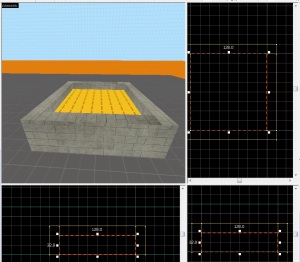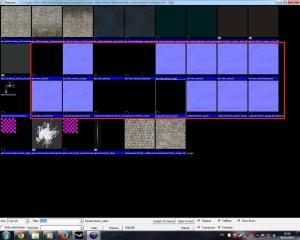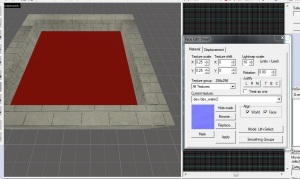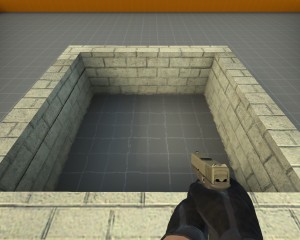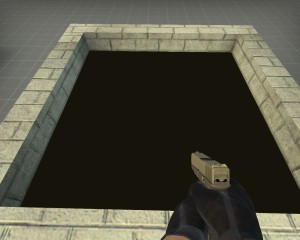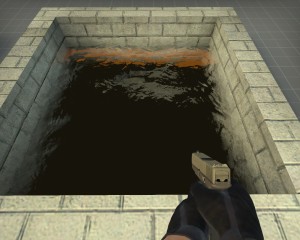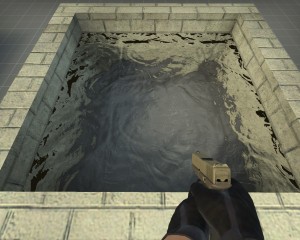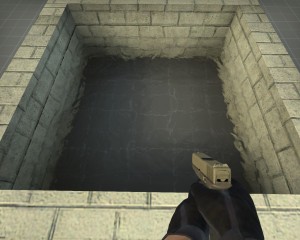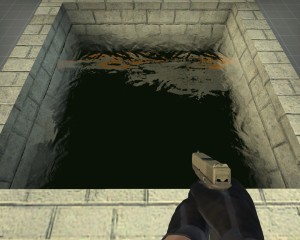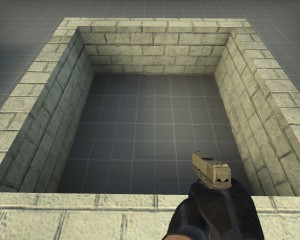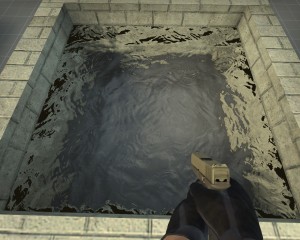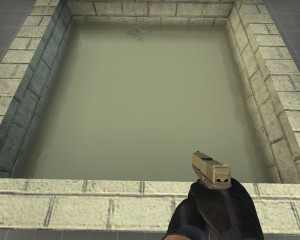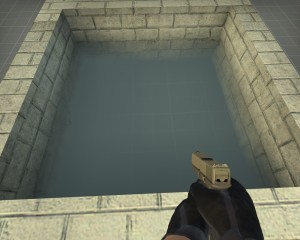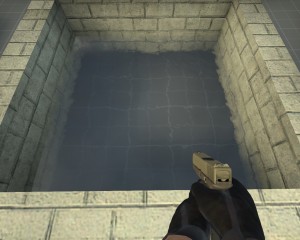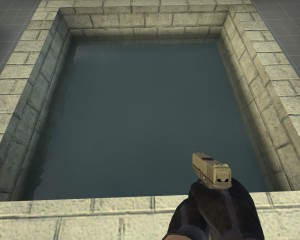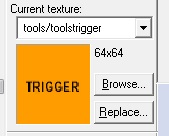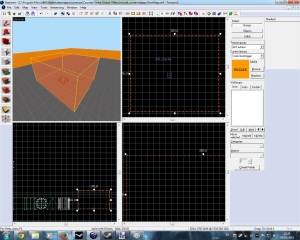In this post I will explain the reasons why I wont be buying Titanfall, which is set to be released for the PC, Xbox One and Xbox 360 this March.
Before starting, I would like to indicate that I did not buy Battlefield 4 or Call of Duty: Ghost, because I anticipated the problems that came with them when they were released. I will do a few comparison between Titanfall, Ghost/BF4 (using what information there is online) and Black Ops 2/BF3 (games that I have played).
So let me start with Content.
From reading the articles, playing the beta and watching videos of the game online, it appears that Titanfall will not have a great deal of content to keep me playing.
The game is mutiplayer only, but has singleplayer elements. Following the same idea that was used in Brink, do you remember that game? Which was hyped to reasonable standard before release but unfortunately it did not live up to that hype.
While playing the beta I did not take notice of the singleplayer elements, as I was focusing on staying alive. This made me think of how many people will do the same thing? Think the story that someone spent great time working on will be wasted.
The beta only featured few amount of weapons, but yet again its a beta. Although there hasn’t been any information about the weapons in-game but from what I have seen and read it looks like the game will only be having a few handful of weapons. Battlefield 3 in my option had a good number of weapons for players to select from. While Black Ops 2 had a reseasonable amount, good enough to last months.
As there will be no singleplayer, that then could mean more mutiplayer maps, right?. Well as I am writing this post I have discovered that there will be fourteen maps overall. The ones I played in the beta felt like a medium size map when I played as a pilot but felt small while in the Mechs. Compare the number of maps with other shooters (Not including DLC maps, just standard game copy maps) like Battlefield 4 which has ten maps (which are big but can be cut sort depending on the game mode) and COD:Ghost which has fourteen medium sized maps.
So by comparing three games; Battlefield 4, Ghost and Titanfall. You will notice that;
- Battlefield 4 has Lots of Guns, 10 Maps (Ranging in size), Singleplayer and Co-op.
- Call of Duty: Ghost has Good number of guns, 14 Maps (Medium size), Singleplayer and Extension (or Zombies if you’re a Treyarch supporter).
- Titanfall will have a good number of guns, 14 Maps and three Mech/Titan types.
It does not look like you get much with Titanfall. So this then allows me to move on to the second reason.
Price
The cheapest place to buy Titanfall is from Amazon, at the cost of £34.99 ($58.45) for PC. While the most expensive place to buy Titanfall for PC is directly through Origin (EA’s failed Steam clone) and it will set you back £44.99 ($75.16).
When COD:Ghost and Battlefield 4 were released, they had the price tag of £34.99 on Amazon. With Battlefield 4 costing £44.99 on Origin and Ghost costing £39.99 on Steam.
So the reason here that I do not want to pay EA and Respawn £34.99 for a game that has less content than other games. I also do not want to pay them to forcing me to use Origin.
Support
The final reason is support. I will not expect any. The game will have no dedicated servers as everything will be running on Cloud servers. So you are provided with Call of Duty: Modern Warfare 2 style of matchmaking, which give you random bans, increase of cheaters and lack of good games.
Studio co-founder revealed that Titanfall will not support mod and map tools at launch, but then again as the game will require Origin, so do not expect support even after launch. This shows that the game will have no future in growing, compared to other titles such as Counter Strike, Unreal Tournament and Quake, which to this day are still played by millions, due to the fact of the community support creating free content for players to play.
Beta Opinion
This is based on my opinion, others may differ.
Things that I did not like:
- Matchmaking Sucks.
- Everybody gets Mechs, its not earned.
- AIs are useless.
- Hit Marker Latency/Not registering.
- Climbing problems.
- Some weapons are useless and others are overpowered.
Things that I did like:
- Movement and wall running felt smooth.
- Wildcard boosts also known as burn cards.
- You always enjoy watching Mechs fall from the sky.
So to sum up Titanfall would be that it’s a over-hyped and overpriced game. This does not mean that game is not good, its just that you don’t really get much for your money. It’s a little pick me up that will only last couple of months before getting bombarded by DLC until Titanfall 2 announcement at E3 2016.

